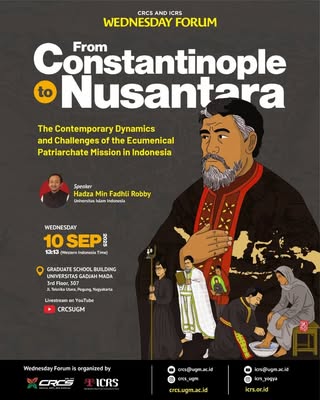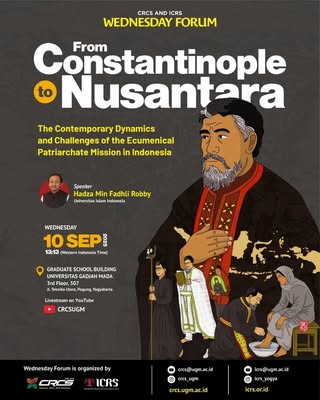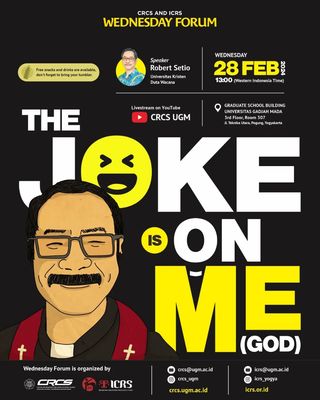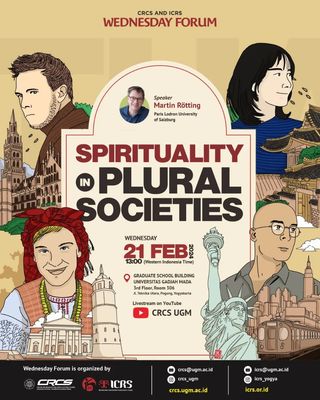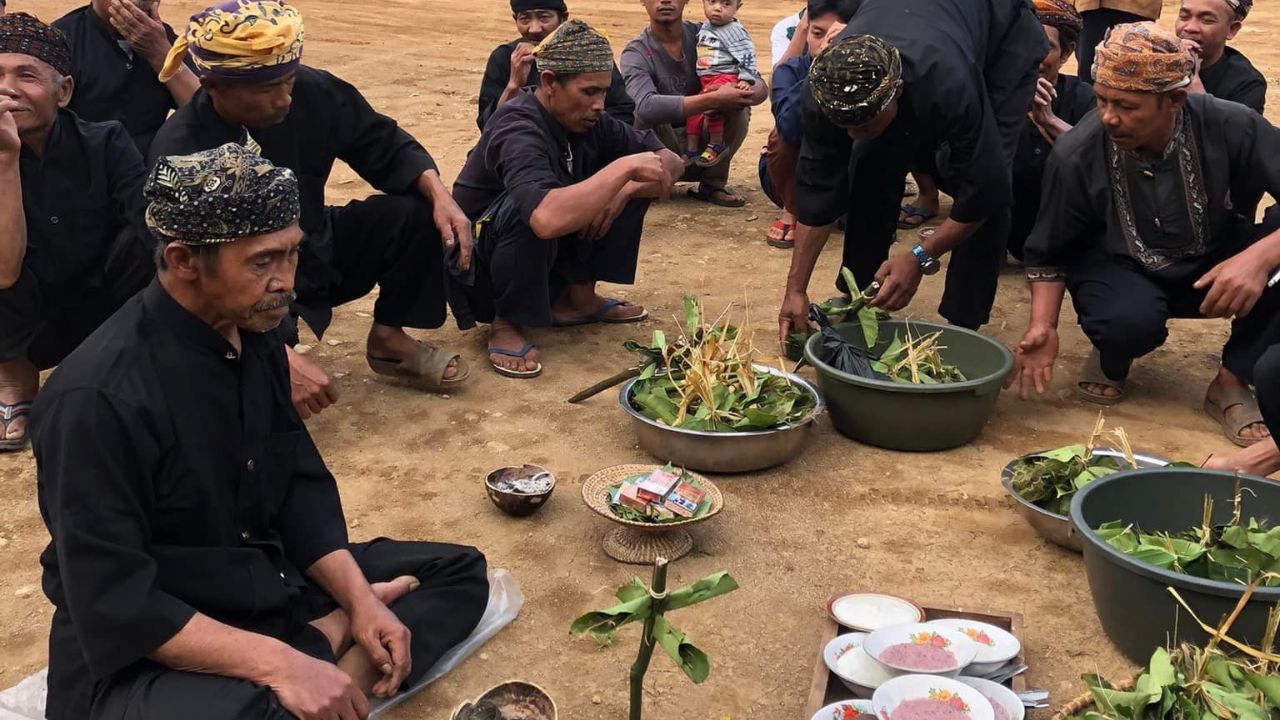
Building on previous research in 2022 that focused on the digital activities of minority religious groups and communities, this study delves deeper into the dynamics of digital media utilization by indigenous religious communities in Indonesia. The team's investigation reveals a complex and multifaceted digital landscape. It is a space where platforms offer a democratic social space for them to express their religion more freely but also serve as a medium for intolerant groups to spread hate speech and fake news. This intricate complexity underscores the pressing need for a comprehensive understanding of digital inclusion in these communities.
This platform (digital media) is used by every group, including intolerant groups, who use it as a medium for spreading hate speech and fake news aimed at vulnerable groups such as religious and cultural minority groups, women, marginalized groups, and others. The COVID-19 pandemic forced individuals and groups to increase their activities through digital media. This situation is challenging for religious communities, where religious activities are shifted from offline to online.
Religious discourse and narratives have long embraced technology in its individual and public manifestations, mainly through material objects and symbols. Religion manages the use of technology, including digital. However, in the development of digital technology, we need more knowledge and substance of the meaning of symbols. Many religious rituals and narratives, including those of minority religions and minority communities. This situation negates the developmental logic that assumes communities must follow and adapt to digital technology to become "modern" or "up to date." This research looks at the digital inclusion of minority religious and belief communities under the Directorate of Beliefs and Indigenous Communities, Ministry of Education and Culture of Indonesia.
Published work





